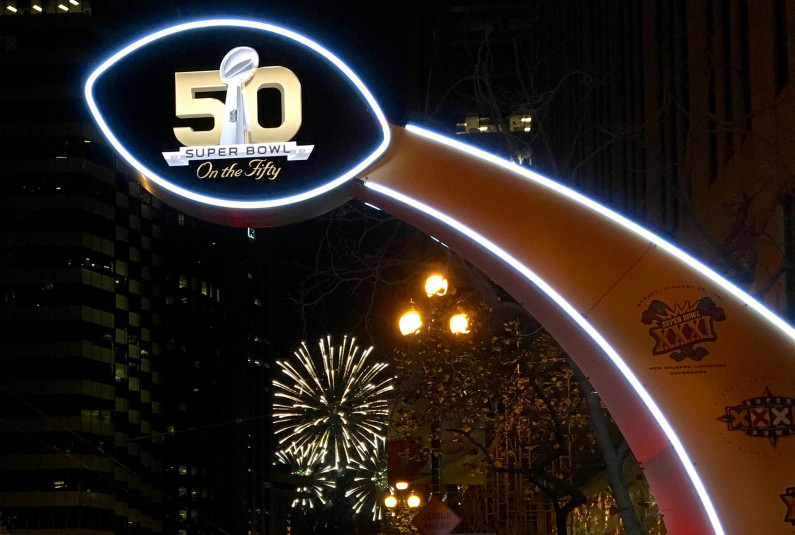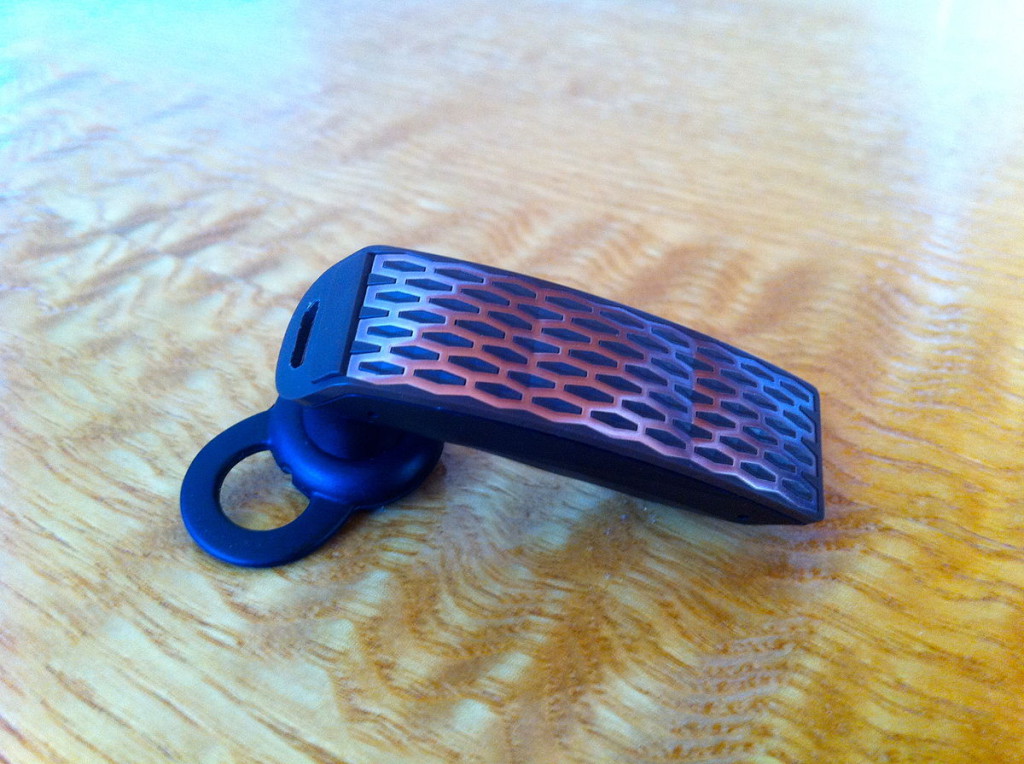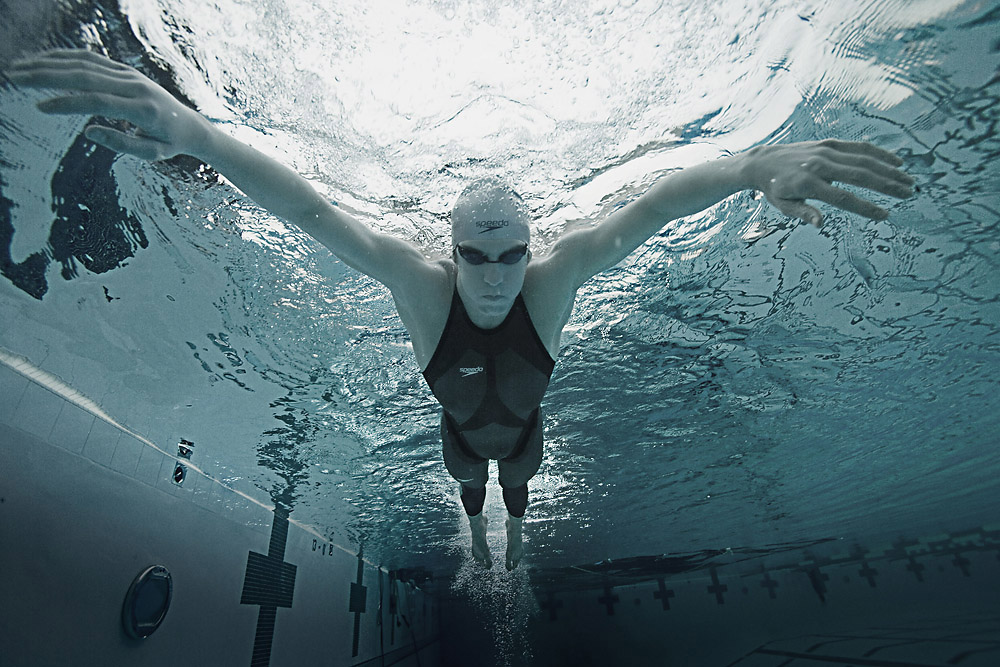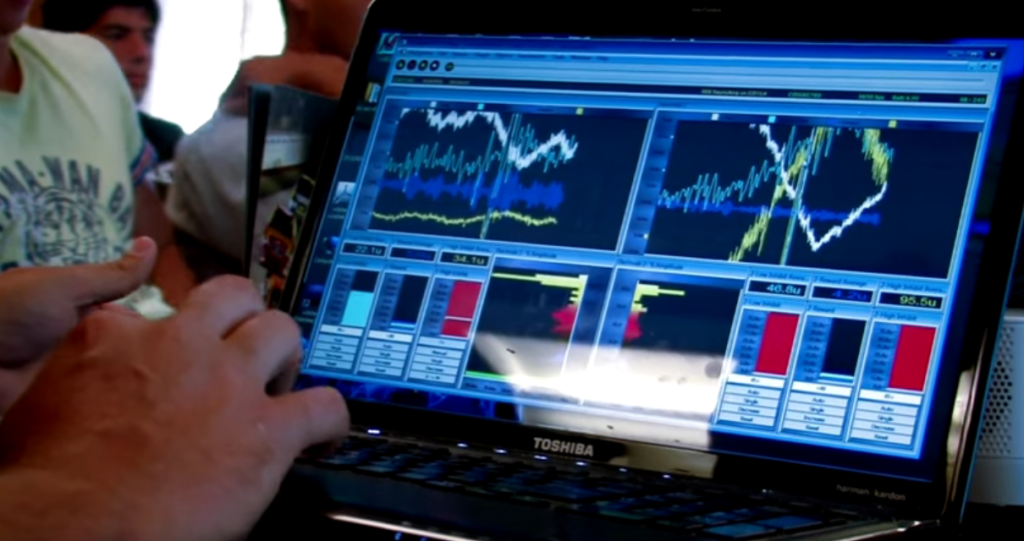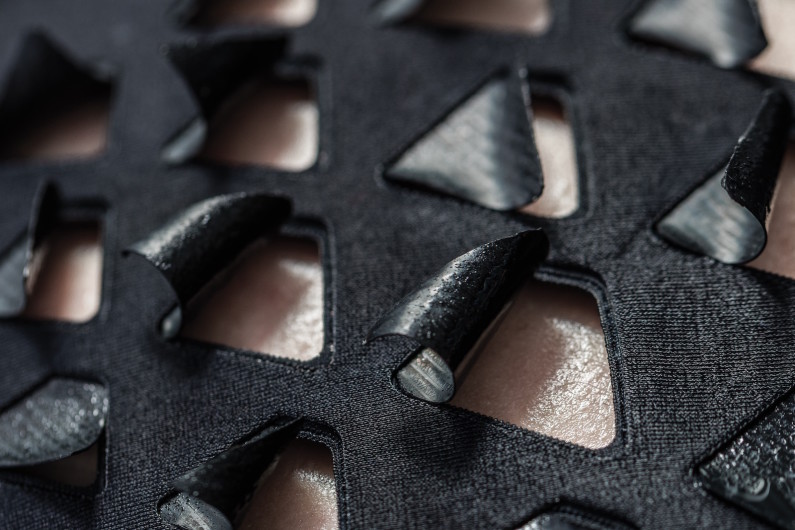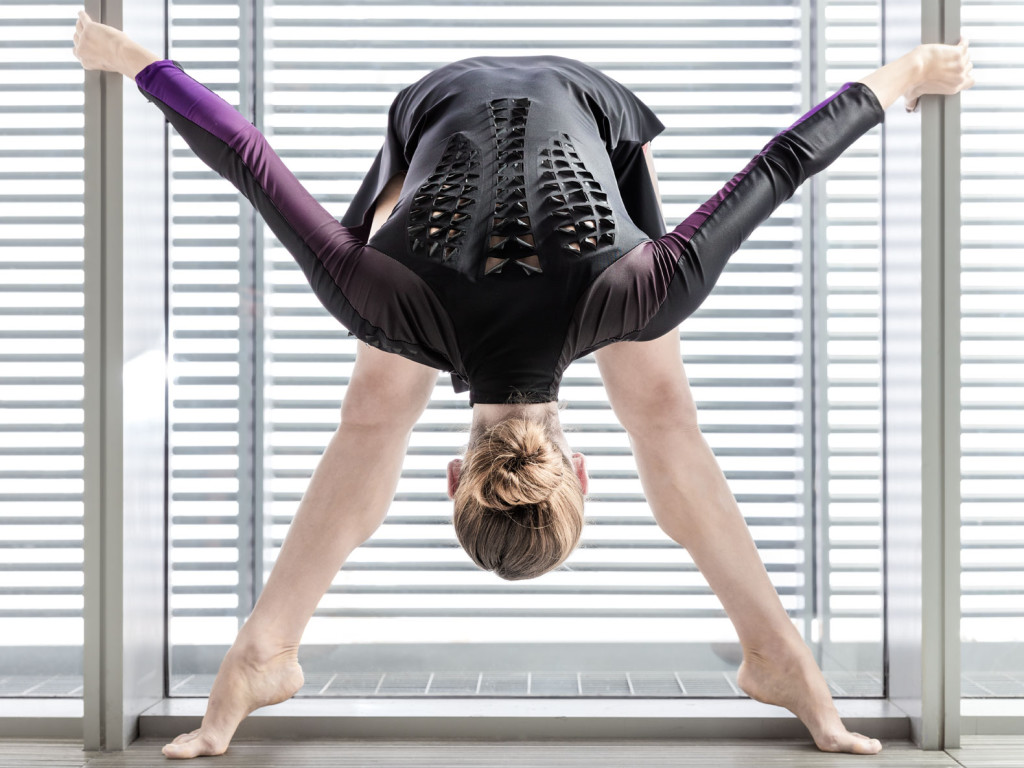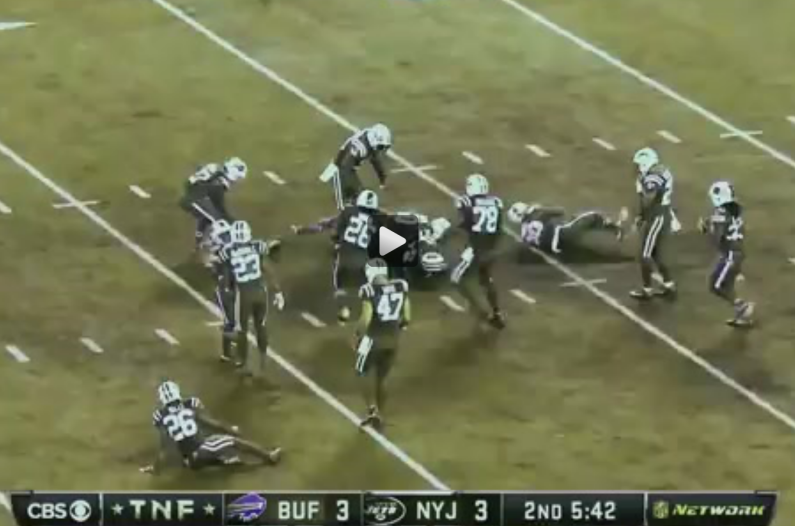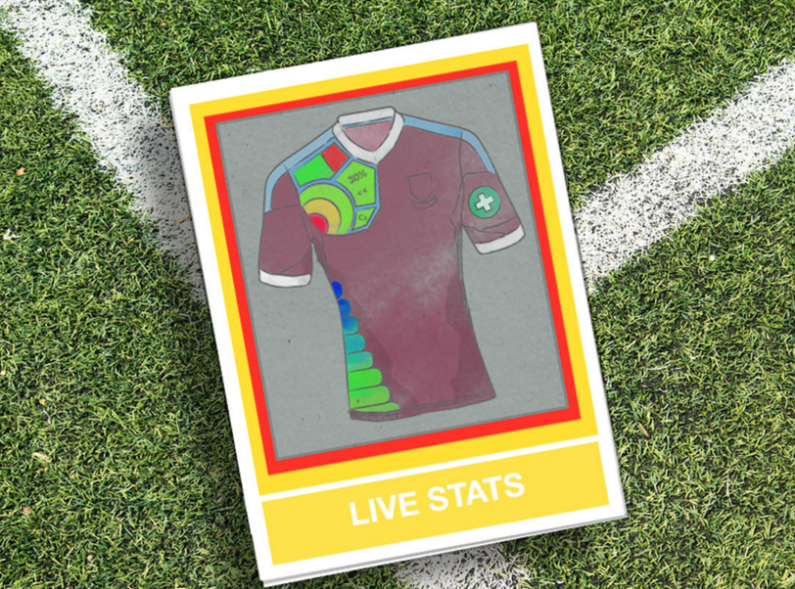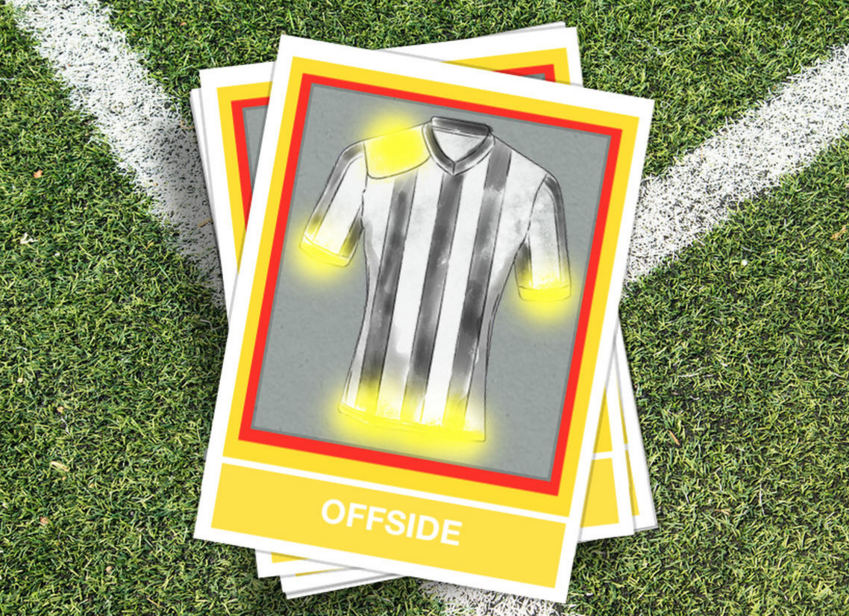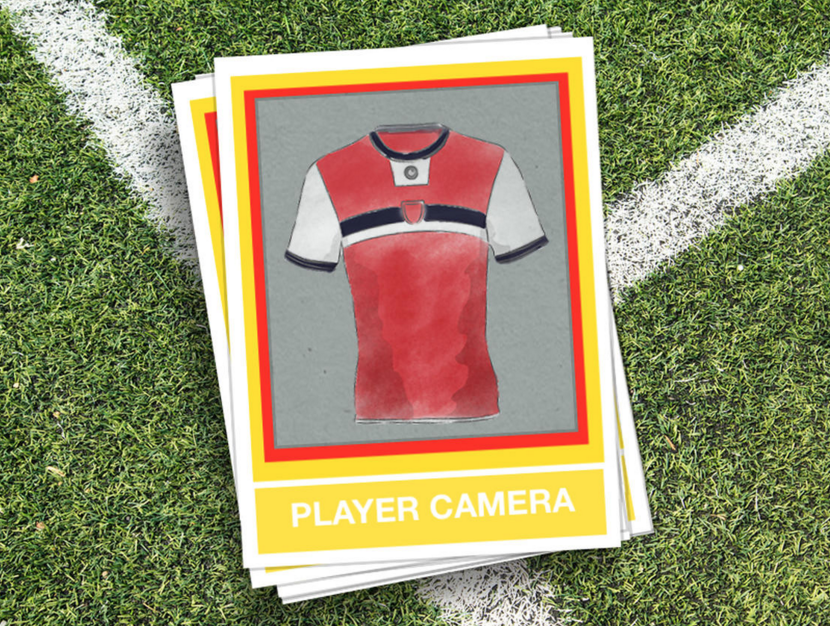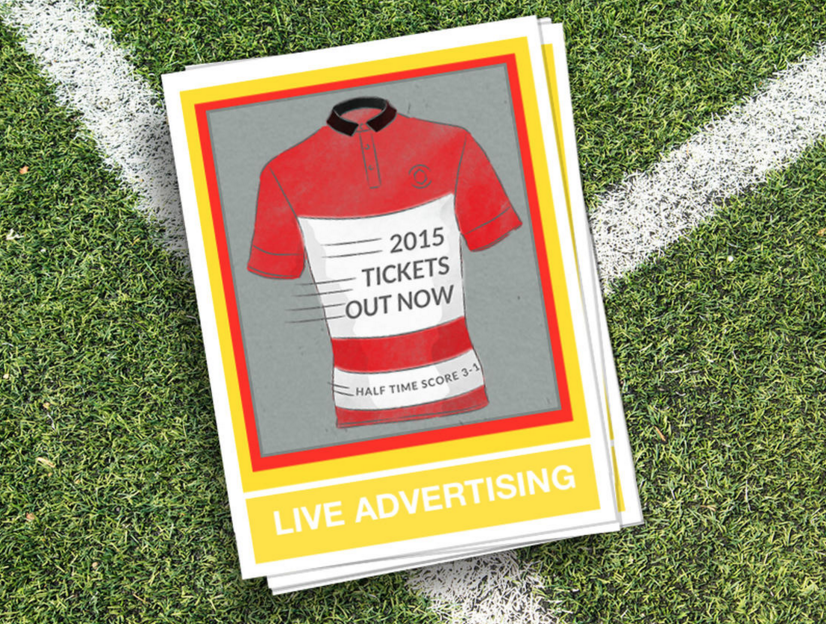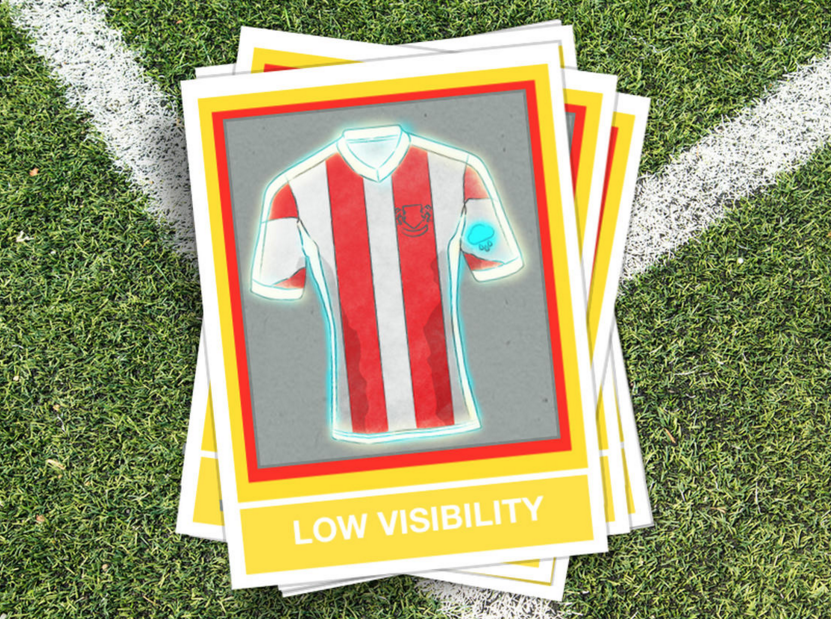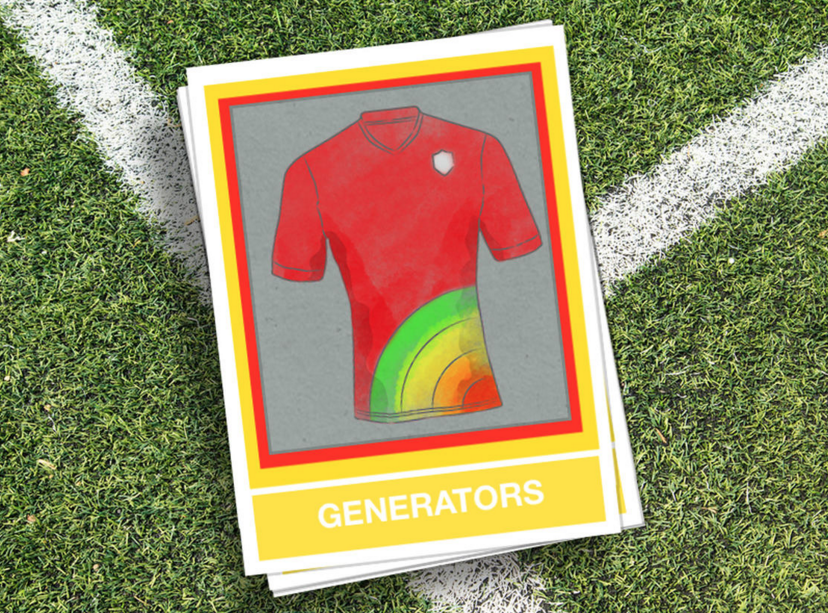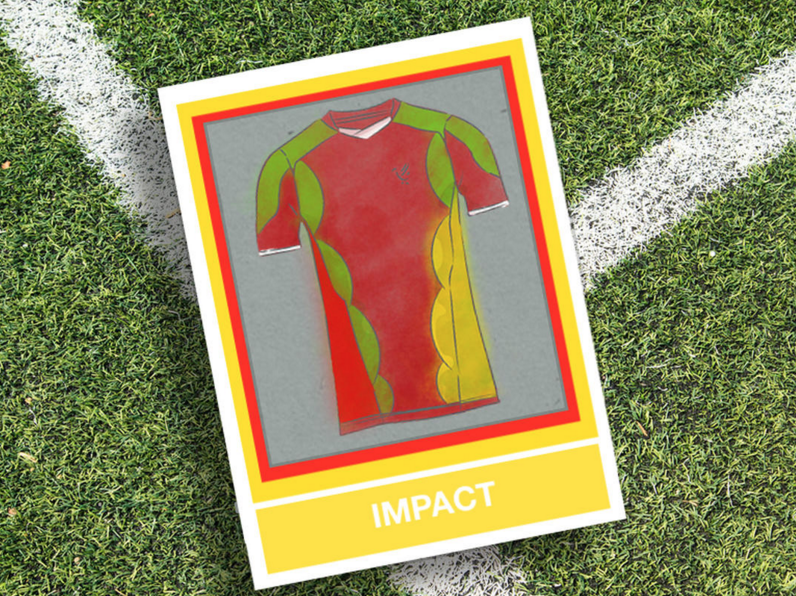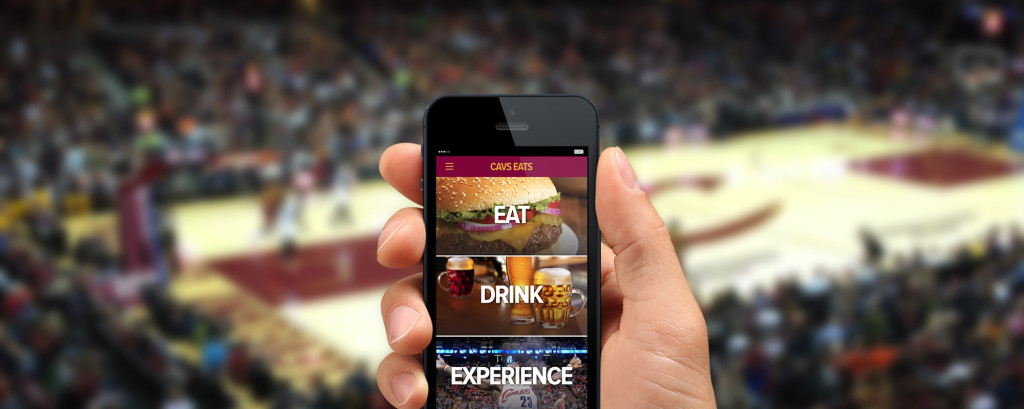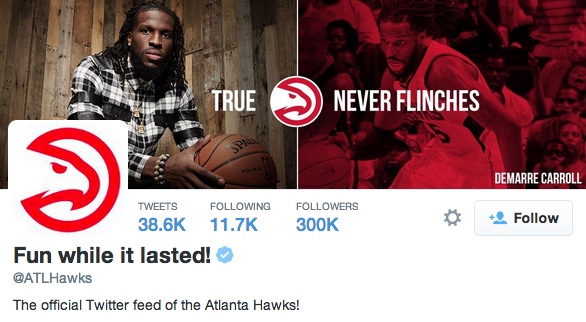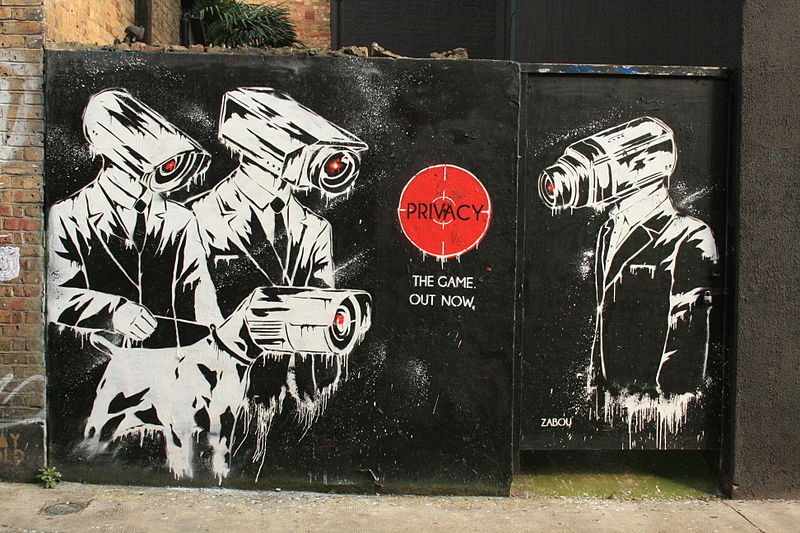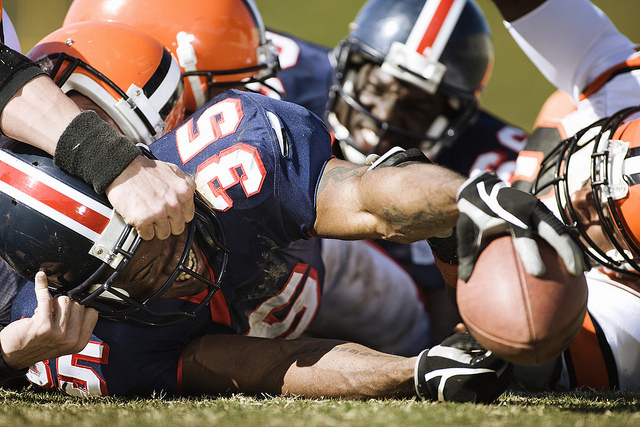When the largest game of the year is hosted in California’s Bay Area, you can expect the NFL to get a little help from the locals: Silicon Valley tech giants. This year’s game, as the 50th Super Bowl, was an important anniversary worthy of showcasing the latest specs in technology. From the stadium, to the halftime performance, to the athletic gear, #SuperBowl50 did not hold back.
As it happened, the game itself wasn’t much to brag about. The Denver Broncos beat the Carolina Panthers 24 to 10 in a monotonous display of good defense, which though a feat for Peyton Manning did not make for exciting viewership. Luckily, there’s so much more to the Super Bowl these days than touchdowns and field goals. What lacks in the match can be made up for by the digital fan experience, both onscreen and behind the scenes. This year, boundaries were broken in both the delivery and the message of technology at its finest.
The support
The spectrum of Super Bowl 50’s technology didn’t begin and end on February 7th in San Francisco. Rather, it was many months in the making, with preparation taking up a huge portion of technological real estate, so to speak.
The Super Bowl Host Committee is largely responsible for ensuring these preparations come together smoothly in the weeks leading up to the game. This year, the committee’s CEO Keith Bruce emphasized that first and foremost, Super Bowl 50 would be all the about the tech.
“Our goal was to be the most technologically advanced Super Bowl ever,” Bruce said. “We’re at the center of the digital economy of the world, home to a lot of the stalwarts of tech, and we thought we should embrace that.”
Software and tech companies needed very little urging to get on board with this mission. Transportation came via Google’s commuter fleet and Uber on-demand, while laptops, phones and other equipment were provided by Apple. Google also helped develop the Road to 50 app, a virtual guidebook to the event, which fans could use to order food to their seats enjoy other perks.
With the help of Verizon and other providers, Levi’s stadium fully equipped with 400 miles of fiber optic cable, 1,200 wifi access points and 1,700 BlueTooth beacons to keep fans connected at all times. All in all, the committee raised $50 million from corporate sponsors to hold Super Bowl 50 to the highest of standards, worthy the sport’s 50 year mark and the region’s technology prowess.
The specs
Beyond sponsorships, the fun continues from all angles. Super Bowl 50 featured camera technology was at its finest: the EyeVision 360 displayed a 360 view of the stadium streamed from 36 cameras around the venue, while the debut of the Pylon Cam placed 16 cameras in end zones to film goal line sand sidelines, aiding officials in making tough calls. Athletic gear has advanced over the years as well — this year, players donned state of the art gear with RFID tracking in their shoulder pads.
Behind the scenes, there’s also advanced cyber security to take into account. Following terror attacks in Paris and San Bernardino, the biggest American sporting event of the year took no chances with security — luckily, and they had the technology available to make it an utmost priority. Though FBI declined to reveal their measures in full detail, we do know that disarming robots, helicopters, military jets were on standby.
Perhaps the greatest security measure, though, was surveillance. With over 600 cameras and an advanced scanning system that aggregated threats from the ground, sky, and social media, streams of real-time data were analyzed by agents at a Joint Operations center at an undisclosed location.
The social
Social networking continues to be an enormous boon for brands and fans alike. The “second screen” experience, which allows live tweets and commentary from anyone with a device, proved successful once more: it’s is the ultimate augmentation of the Super Bowl, maximizing engagement in and out of the stadium.
Since the game wasn’t stirring up huge excitement in and of itself, we can thank our lucky stars for the halftime performance, which generated significant buzz online. Halftime shows often feature high-tech spectacles: for example, the mechanical cat ridden by Katy Perry last year, which was somehow overshadowed by the antics of Left Shark.
This year, Coldplay lead a technicolor display complete with interactive light-up LED wristbands, video walls, lasers and light-up inflatable balls. But as if proving technology for technology’s sake is bound to fall flat, it was Beyonce that stole the show with the performance of her brand-new song “Formation.” Together, Beyonce, Chris Martin and Bruno Mars evoked themes ranging from LGBT pride to African American empowerment, making the show as politically charged as it was electronically.
All in all, fans of the Broncos, Beyonce, and technology should be pleased with Super Bowl 50. And for those still unsatisfied, there are only seven more months until football season starts up again, with the power of a million screens and screams close behind.
Featured image: duluoz cats via Flickr


